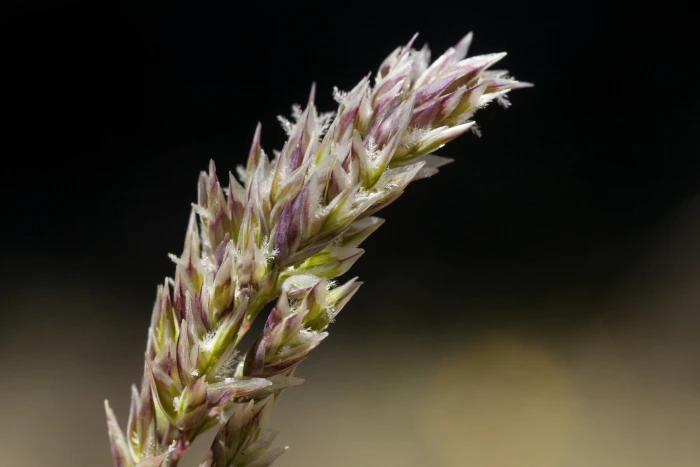Muttongrass
(Poa fendleriana)
Muttongrass (Poa fendleriana)
/
/

Cecelia Alexander
Public Domain
Image By:
Cecelia Alexander
Recorded By:
Copyright:
Public Domain
Copyright Notice:
Photo by: Cecelia Alexander | License Type: Public Domain | License URL: http://creativecommons.org/publicdomain/zero/1.0/ | Rights Holder: Cecelia Alexander | Publisher: iNaturalist | Date Created: 2018-05-29T13:34:01-07:00 |
























Estimated Native Range
Climate Requirements for Edinburg, Texas
| This Plant | Your Site | Plant Suitability for Your Location | ||
|---|---|---|---|---|
| • Precipitation | 3" - 99" | 24" | Your precipitation may be too high for this plant. | Too high |
| • High Temp. | 59°F - 108°F | 97°F | Your summer temperatures are normal for this plant. | Excellent |
| • Low Temp. | -12°F - 50°F | 48°F | Your winter temperatures are normal for this plant | Excellent |
This plant may not grow well at your location - your precipitation is too high.
Summary
Poa fendleriana, commonly known as Muttongrass, is a perennial grass native to open woodlands, grasslands, and meadows in the Western USA and Canada, often found at higher elevations. It typically grows up to 70 centimeters tall with a bunchgrass habit, featuring narrow panicles that can bear over 100 spikelets, each crowded with erect branches. The plant is notable for its dioecious nature, having male and female flowers on separate plants. Some populations are exclusively female, reproducing asexually through apomixis, while sexually reproducing populations are found in warmer climates with summer precipitation. The dead sheath bases persist on the plant, contributing to its distinctive appearance.
Muttongrass is valued for its adaptability to a range of soil types and its ability to thrive with minimal water, making it suitable for xeriscaping and restoration projects. It is often used in naturalized plantings and as a ground cover in dry, open areas. While it prefers full sun or part shade, it does not tolerate full shade well. This grass is relatively low-maintenance, requiring little water once established and growing in soils with fast to medium drainage. It is not commonly affected by diseases or pests, but it can be sensitive to overwatering and poor drainage.CC BY-SA 4.0
Muttongrass is valued for its adaptability to a range of soil types and its ability to thrive with minimal water, making it suitable for xeriscaping and restoration projects. It is often used in naturalized plantings and as a ground cover in dry, open areas. While it prefers full sun or part shade, it does not tolerate full shade well. This grass is relatively low-maintenance, requiring little water once established and growing in soils with fast to medium drainage. It is not commonly affected by diseases or pests, but it can be sensitive to overwatering and poor drainage.CC BY-SA 4.0
Plant Description
- Plant Type: Grass
- Height: 0.8-1.7 feet
- Width: 0.4-0.8 feet
- Growth Rate: Moderate
- Flower Color: N/A
- Flowering Season: Spring
- Leaf Retention: Deciduous
Growth Requirements
- Sun: Full Sun, Part Shade
- Water: Low
- Drainage: Fast, Medium
Common Uses
Butterfly Garden, Edible*Disclaimer: Easyscape's listed plant edibility is for informational use. Always verify the safety and proper identification of any plant before consumption., Fire Resistant, Low Maintenance
Natural Habitat
Open woodlands, grasslands, and meadows, often at higher elevations
Other Names
Common Names: Fendler’s Bluegrass, Vasey’s Muttongrass, Mutton Bluegrass, Pâturin De Fendler
Scientific Names: Poa fendleriana, Poa fendlerana, Eragrostis fendleriana, Uralepis pooides, Atropis fendleriana, Panicularia fendleriana, Puccinellia fendleriana, Uralepis poaeoides, Uralepis poioides
GBIF Accepted Name: Poa fendleriana (Steud.) Vasey